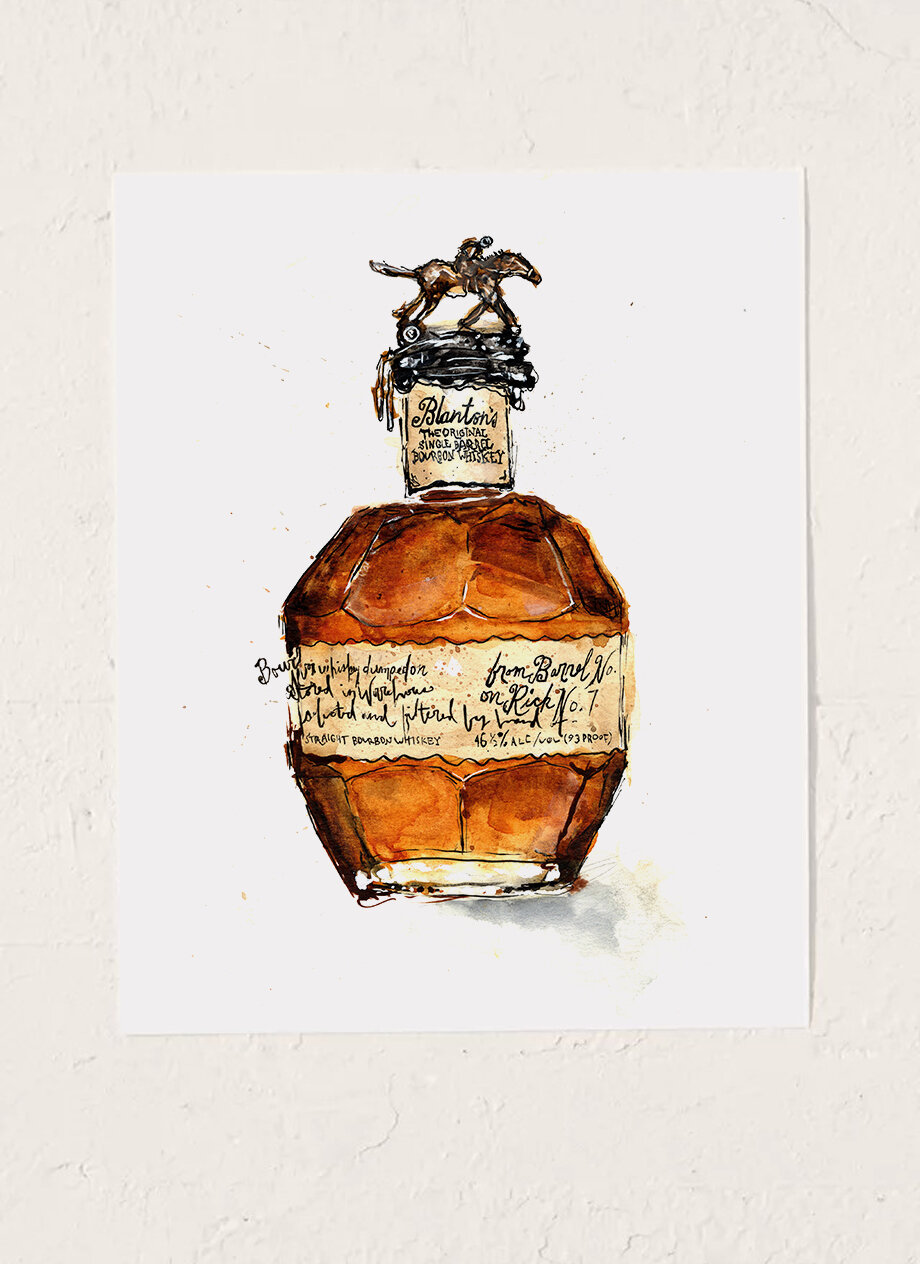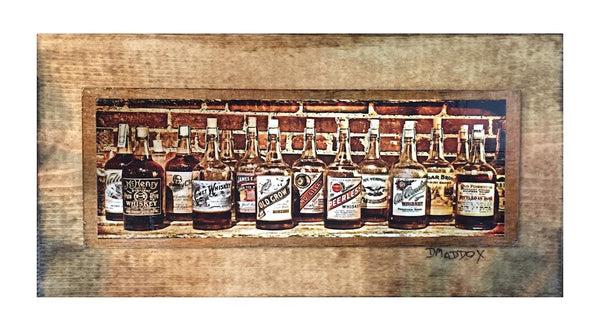Change Your Area with Sensational Whiskey Art Inspired by Nature
Wiki Article
The Value of Whiskey Art in Celebrating Heritage and Craftsmanship in the Beverage Sector
The elaborate relationship between scotch art and the celebration of heritage and craftsmanship within the drink sector can not be overemphasized. Via attentively created bottles and tags, bourbon brands encapsulate their historic origins and the artisanal skills that specify their manufacturing techniques.The Historical Origins of Whiskey
At the heart of bourbon's appeal exists an abundant tapestry of historical roots that trace back to ancient worlds. The origins of whiskey can be connected to the purification techniques of the Sumerians and Babylonians around 2000 BCE, where very early types of fermented grain drinks started to emerge. It was in the Center Ages that the art of purification progressed dramatically, particularly in Ireland and Scotland, leading to the production of whiskey as we know it today.
The term "scotch" itself originates from the Gaelic word "uisce beatha," meaning "water of life." This phrase emphasizes the cultural importance of scotch in Celtic cultures, where it was typically related to rituals, events, and public bonding. By the 15th century, purification came to be an acknowledged craft within reclusive neighborhoods, paving the means for the facility of legal distilleries.
As trade routes increased, whiskey's popularity expanded, transcending regional borders and recording the interest of aficionados worldwide. Bourbon Art. This historic trip shows not only the craftsmanship behind whiskey manufacturing however likewise its essential role in social and social contexts, noting it as a substantial drink throughout background
Artistic Expression in Branding
Scotch branding stands as a compelling crossway of artistry and commerce, where aesthetic identity plays an important role fit customer assumption. The visual appeals of whiskey labels, product packaging, and advertising and marketing products mirror not just the brand name's tale but additionally its core values and heritage. Via imaginative expression, distilleries share a story that resonates with customers, stimulating feelings and stimulating connections.Using shade, typography, and imagery in branding serves to differentiate items in a saturated market. Standard concepts might evoke a sense of credibility and craftsmanship, while contemporary styles can indicate development and forward-thinking. This critical artistic instructions enhances brand acknowledgment and commitment, enabling consumers to create an individual connection with the scotch they pick.
Moreover, artistic expression in branding typically works as an event of local heritage. Distilleries frequently include regional symbols or historical recommendations right into their styles, creating a local color that invites consumers to partake in a broader social experience. Inevitably, the virtuosity behind bourbon branding not just enhances aesthetic appeal yet also enriches the overall story of the brand name, promoting a deeper gratitude for the craftsmanship and heritage embedded in each container.
Craftsmanship in Container Design
The virtuosity apparent in bourbon branding expands beyond visual identification to incorporate the workmanship included in bottle layout. Each bottle serves as a vessel not just for the spirit within, but also for the story it tells about its beginning, quality, and practice. The style process calls for careful attention to information, as elements such as closure, shape, and product contribute significantly to the total perception of the scotch.Craftsmanship in bottle layout includes choosing high-grade glass that can enhance the whiskey's color and clarity, while likewise supplying a tactile experience for the customer. The shape of the container need to be both aesthetically appealing and functional, frequently showing the heritage of the brand. Numerous distilleries select special forms or embossed logos that stimulate a sense of authenticity and background.
Additionally, the label layout and typography play a critical function in communicating the brand name's narrative. Realism Art. A well-crafted bottle not just mesmerizes the customer's eye however also strengthens the brand name's dedication to quality and practice. In this means, the workmanship of bottle design becomes an essential element of the bourbon experience, merging artistry with a profound respect for heritage
Social Value of Scotch Art
Celebrating custom and craftsmanship, the cultural significance of whiskey art goes beyond plain aesthetic appeals, intertwining with the historic and social stories of the areas where it comes from. Each bottle works as a canvas, showing the distinct stories, mythology, and traditions that have shaped regional whiskey-making methods. The complex layouts often mirror the heritage of the distillers, including icons and motifs that resonate with the culture and worths of their neighborhoods.
Additionally, scotch art plays an essential role in public gatherings and events, working as a concrete web link between people Bourbon Art and their shared experiences. By valuing the virtuosity in whiskey packaging, consumers grow a much deeper understanding and regard for the craft, ultimately enhancing their satisfaction of the beverage itself.
Modern Trends in Scotch Discussion
In recent years, the presentation of bourbon has actually developed to show modern tastes and trends while still honoring typical craftsmanship - Whiskey Art. Distilleries are significantly concentrating on aesthetic elements that enhance the total alcohol consumption experience, bridging the gap between heritage and modernityInnovative bottle designs have emerged, typically integrating lasting materials and imaginative labels that tell compelling stories. Several brands now collaborate with local artists, infusing their products with unique aesthetic expressions that reverberate with customers. Furthermore, limited-edition launches are typically packaged in collectible containers, including value and charm for aficionados.

Verdict
In verdict, whiskey art offers as an important avenue for sharing the heritage and workmanship inherent in the beverage sector. Via intricate branding, innovative container layouts, and culturally substantial creative aspects, scotch brands successfully recognize their customs and attach with consumers.

Craftsmanship in bottle layout involves choosing premium glass that can improve the whiskey's color and quality, while also supplying a responsive experience for the consumer. In this method, the workmanship of container design comes to be a crucial element of the whiskey experience, merging artistry with a profound regard for heritage.
In verdict, scotch art serves as an important conduit for sharing the heritage and workmanship intrinsic in the beverage industry.
Report this wiki page